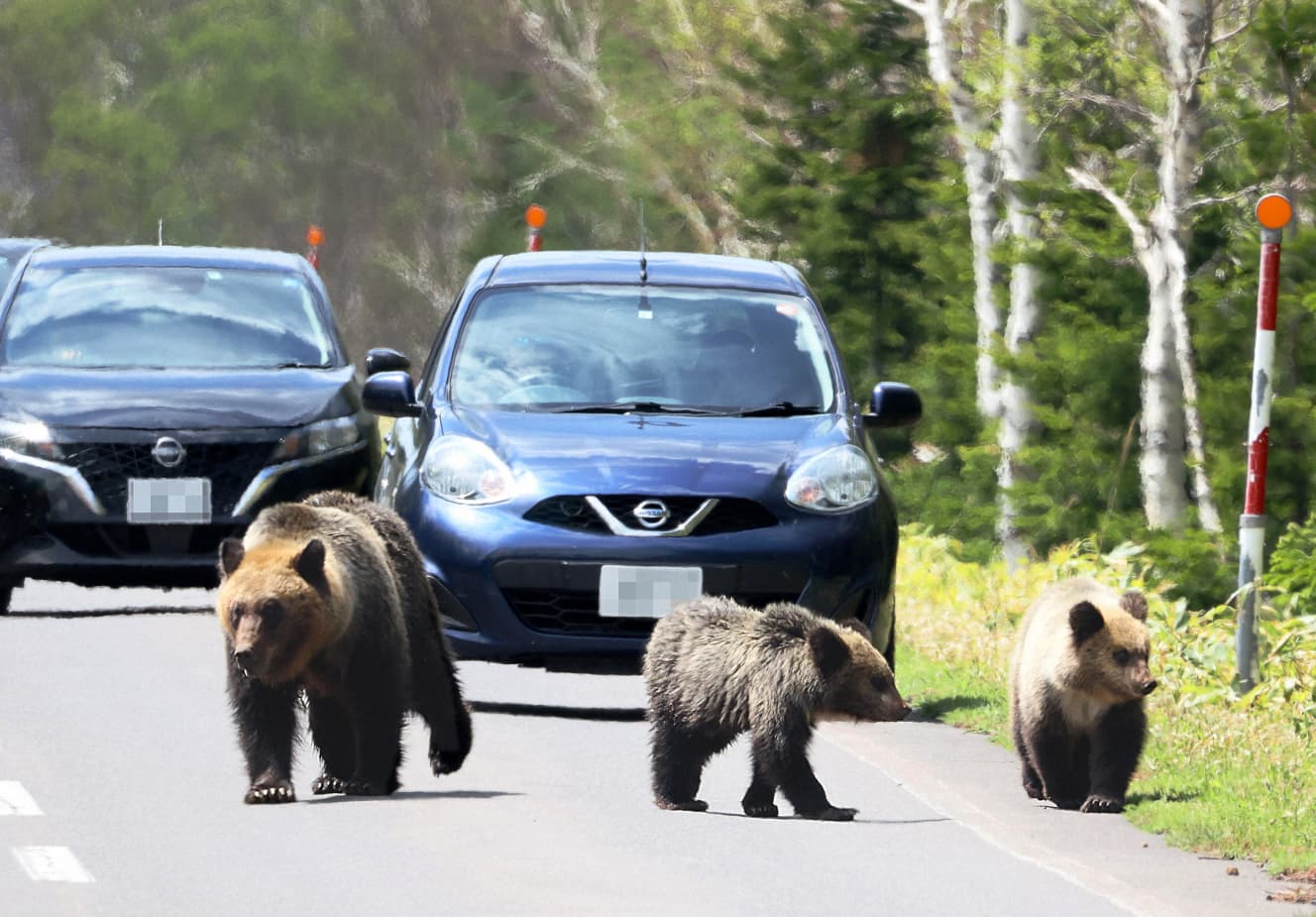Bear Encounter Risk Rises After Autumn as Food Scarcity Increases Terrifying Situation Revealed by ‘Bear Attack Map’
A succession of brown bears and black bears have been reported in Aomori and Iwate, where we have been thoroughly alerting the public. Aomori and Iwate, which had been thoroughly alerted to the situation, suffered another victim...
Becoming ‘Aggressive’ in Autumn
Bears that have harmed humans are likely to cause further victims if left unchecked.
“When a bear attacks a human, it learns that humans are prey it can attack without consequence. If cubs witness this behavior, they will learn the same thing. Bears that attack or prey on humans must be promptly eradicated, regardless of the reasons. However, this is not being effectively addressed,” says Yamazaki.
However, hunting clubs responsible for eradication are aging nationwide, and there are no clear plans for nurturing successors. With a shortage of eradication efforts, we are approaching a dangerous season.
“In the case of brown bears, September, when the nuts that serve as food are still not ripe, requires particular caution. September is the month when damage from bears descending into fields is at its highest throughout the year,” says Professor Yoshikazu Sato of Rakuno Gakuen University.
Damage from Asiatic black bears is also expected to surge after autumn. A veteran hunter from Akita Prefecture, which had the highest number of 70 victims last year, explains:
“When the first snow falls on the plains, Asiatic black bears return to the mountains. Just before this, before hibernation, bears become aggressive. As temperatures drop, bears instinctively start preparing for ‘wintering.’ They become more active in searching for food. This behavior can lead to tragedies when they encounter humans. The incident in October last year in Kitakita City, Akita Prefecture, where five people were consecutively attacked by Asiatic black bears, is a typical example of this.”
Asiatic black bears inhabit all of Honshu except Chiba Prefecture. Even in regions where damage has not yet occurred, complacency is not an option. Professor Yoshikazu Sato raises a warning:
“There have been cases of bears wandering into urban areas via green spaces along rivers in Sendai and Morioka. Even in Tokyo, Asiatic black bears inhabit areas around Okutama. There is a significant possibility they could appear in the city along rivers.”
The old norms no longer apply. The impending bear damage is a nationwide crisis.



From the September 6-13, 2024 issue of ‘FRIDAY’.
PHOTO: Shinnosuke Futagami (1st and 4th photos) Mainichi Newspapers/Afro (2nd photo)